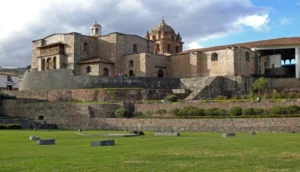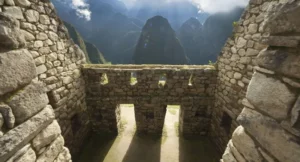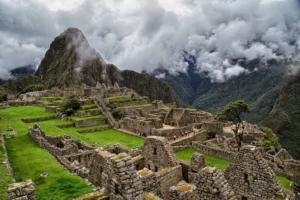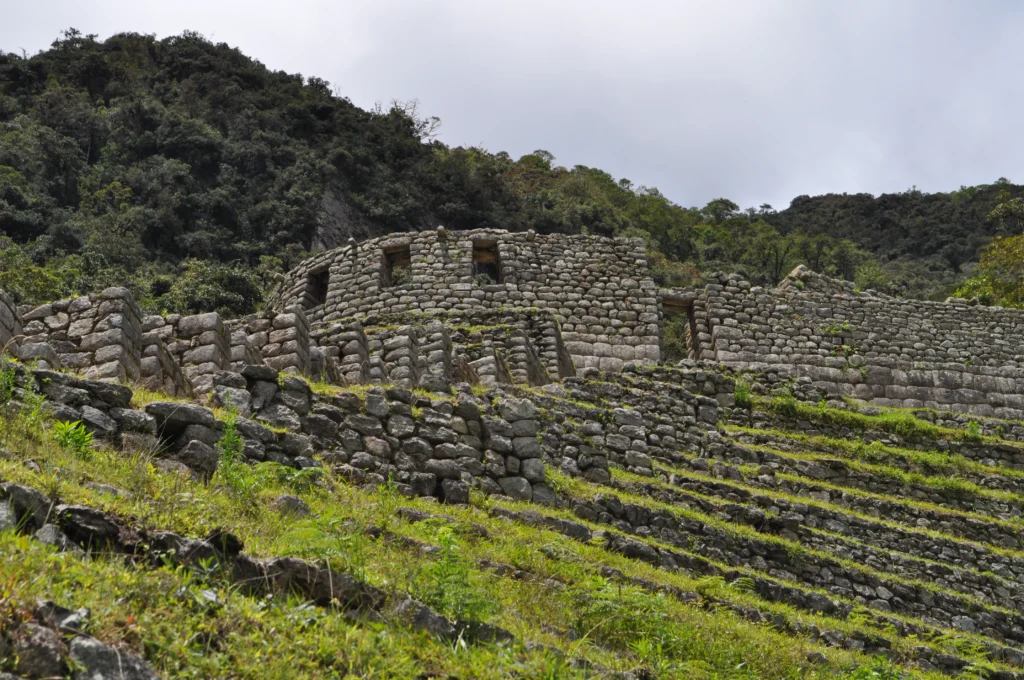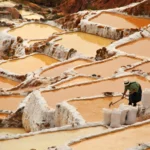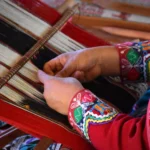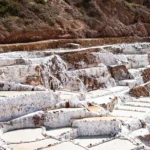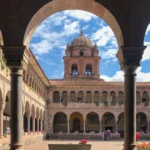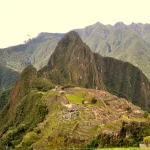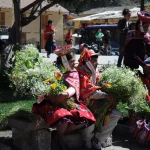What the Inca architectural legacy teaches us
To be immersed in the Inca architectural legacy is to enter into a history of design, ingenuity, precision and great respect for nature. The Incas are known for being great master builders whose works continue to amaze us today, leaving a sense of awe to those who contemplate and visit them. Their architecture is not only a testimonial of their technical skill, but also of their deep connection with the environment and their respect for the natural balance.
The detail of the Inca constructions in Cusco and Machu Picchu
Cusco, the ancient capital of the Inca Empire, treasures the traces of this incredible civilization and presents us with an architectural treasu re at a glance around the city and without much effort, as the Qoricancha or the beautiful walls of Aclla Wasi today Convent of Santa Teresa to the walls of Sacsayhuaman to the beautiful ceremonial precincts of Ollantaytambo, at every step and in every corner that we explore in Cusco we can breathe history and mystery. But it is in the hidden and mysterious Machu Picchu where the splendor of Inca architecture reaches its maximum expression. This sacred citadel, located high in the Andes, is a magnificent design and construction respecting nature that will make your trip worth every step.
re at a glance around the city and without much effort, as the Qoricancha or the beautiful walls of Aclla Wasi today Convent of Santa Teresa to the walls of Sacsayhuaman to the beautiful ceremonial precincts of Ollantaytambo, at every step and in every corner that we explore in Cusco we can breathe history and mystery. But it is in the hidden and mysterious Machu Picchu where the splendor of Inca architecture reaches its maximum expression. This sacred citadel, located high in the Andes, is a magnificent design and construction respecting nature that will make your trip worth every step.
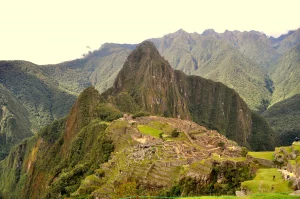 re at a glance around the city and without much effort, as the Qoricancha or the beautiful walls of Aclla Wasi today Convent of Santa Teresa to the walls of Sacsayhuaman to the beautiful ceremonial precincts of Ollantaytambo, at every step and in every corner that we explore in Cusco we can breathe history and mystery. But it is in the hidden and mysterious Machu Picchu where the splendor of Inca architecture reaches its maximum expression. This sacred citadel, located high in the Andes, is a magnificent design and construction respecting nature that will make your trip worth every step.
re at a glance around the city and without much effort, as the Qoricancha or the beautiful walls of Aclla Wasi today Convent of Santa Teresa to the walls of Sacsayhuaman to the beautiful ceremonial precincts of Ollantaytambo, at every step and in every corner that we explore in Cusco we can breathe history and mystery. But it is in the hidden and mysterious Machu Picchu where the splendor of Inca architecture reaches its maximum expression. This sacred citadel, located high in the Andes, is a magnificent design and construction respecting nature that will make your trip worth every step.Inca hydraulics
The advanced hydraulic system of every Inca building remains one of the most striking features of Inca architecture. Inca architects were experts in finding the best way to
mast er the art of channeling water through canals, aqueducts and fountains, and in their way, ensuring irrigation and water supply in their high agricultural terraces and in their cities and ceremonial temples that we can still visit and enjoy to this day, It was this advanced knowledge that guaranteed the survival of their people in a mountainous and arid environment, but also evidenced their deep understanding of engineering principles and their ability to adapt to the environment while respecting Pachamama and her altitudes.
er the art of channeling water through canals, aqueducts and fountains, and in their way, ensuring irrigation and water supply in their high agricultural terraces and in their cities and ceremonial temples that we can still visit and enjoy to this day, It was this advanced knowledge that guaranteed the survival of their people in a mountainous and arid environment, but also evidenced their deep understanding of engineering principles and their ability to adapt to the environment while respecting Pachamama and her altitudes.
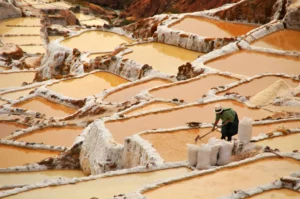 er the art of channeling water through canals, aqueducts and fountains, and in their way, ensuring irrigation and water supply in their high agricultural terraces and in their cities and ceremonial temples that we can still visit and enjoy to this day, It was this advanced knowledge that guaranteed the survival of their people in a mountainous and arid environment, but also evidenced their deep understanding of engineering principles and their ability to adapt to the environment while respecting Pachamama and her altitudes.
er the art of channeling water through canals, aqueducts and fountains, and in their way, ensuring irrigation and water supply in their high agricultural terraces and in their cities and ceremonial temples that we can still visit and enjoy to this day, It was this advanced knowledge that guaranteed the survival of their people in a mountainous and arid environment, but also evidenced their deep understanding of engineering principles and their ability to adapt to the environment while respecting Pachamama and her altitudes.Care for the environment in their constructions
The Incas as architects have left us one of the most important lessons about architecture and that is the maximum respect they had for the environment. The Inca architects built in harmony with the mountain, with the valley, with the river, with the snow-capped Apu, with construction techniques that minimized their impact on the natural environment. And we must not forget their marvelous and careful urban and agricultural planning allowed them to make the most of the available resources without exhausting them. This sustainable approach is an inspiring example in a world where environmental conservation is an urgent priority.
The agricultural terraces
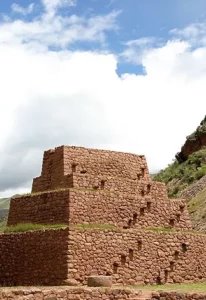 The agricultural terraces are one of the most outstanding aspects of the architectbetter known as andenes, these impressive stepped structures were built on the slopes of the mountains to make the most of the available space and create fertile cultivation land at different heights, reflecting the different altitudes at which the products could develop in the best way for their cultivation. In addition to their agricultural and productive function, the terraces also had a deep symbolic meaning for the Incas, who considered them a gift from Pachamama (Mother Earth) and used them in religious ceremonies and agricultural rituals.
The agricultural terraces are one of the most outstanding aspects of the architectbetter known as andenes, these impressive stepped structures were built on the slopes of the mountains to make the most of the available space and create fertile cultivation land at different heights, reflecting the different altitudes at which the products could develop in the best way for their cultivation. In addition to their agricultural and productive function, the terraces also had a deep symbolic meaning for the Incas, who considered them a gift from Pachamama (Mother Earth) and used them in religious ceremonies and agricultural rituals.
The legacy in today’s communities
The Incas ceased to be a powerful empire more than 500 years ago but their architectural legacy lives on in the communities that inhabit the lands that were once part of this vast and important empire. Many of the construction techniques, hydraulic knowledge and agricultural techniques developed by the Incas are still widely used by Andean communities today, demonstrating the strength, durability and relevance of their legacy. And today in the architecture of our times it continues to inspire architects and urban planners around the world, who find in its sustainable approach and deep respect for nature valuable lessons for the design of the future.
What places we recommend to visit on your trip to Cusco
In your travel plans to Cusco there are places that are a mandatory stop:
1. Machu Picchu: The crown jewel of the Inca Empire, this sacred citadel is an impressive testimony to the architectural skill of this civilization.
2.Sacsayhuaman: This imposing fortress located on the outskirts of Cusco is an impressive example of Inca military architecture and offers spectacular views of the city.
3. Qorikancha: Known as the Temple of the Sun, this site was the religious and political center of the Inca Empire and shows the fusion between Inca and Spanish architecture.
4. Ollantaytambo: This archaeological complex is an excellent example of Inca urban planning and features impressive agricultural terraces and a well-preserved fortress.
5. Moray and the Salineras de Maras: These sites show Inca agricultural engineering and natural resource exploitation at its best.
